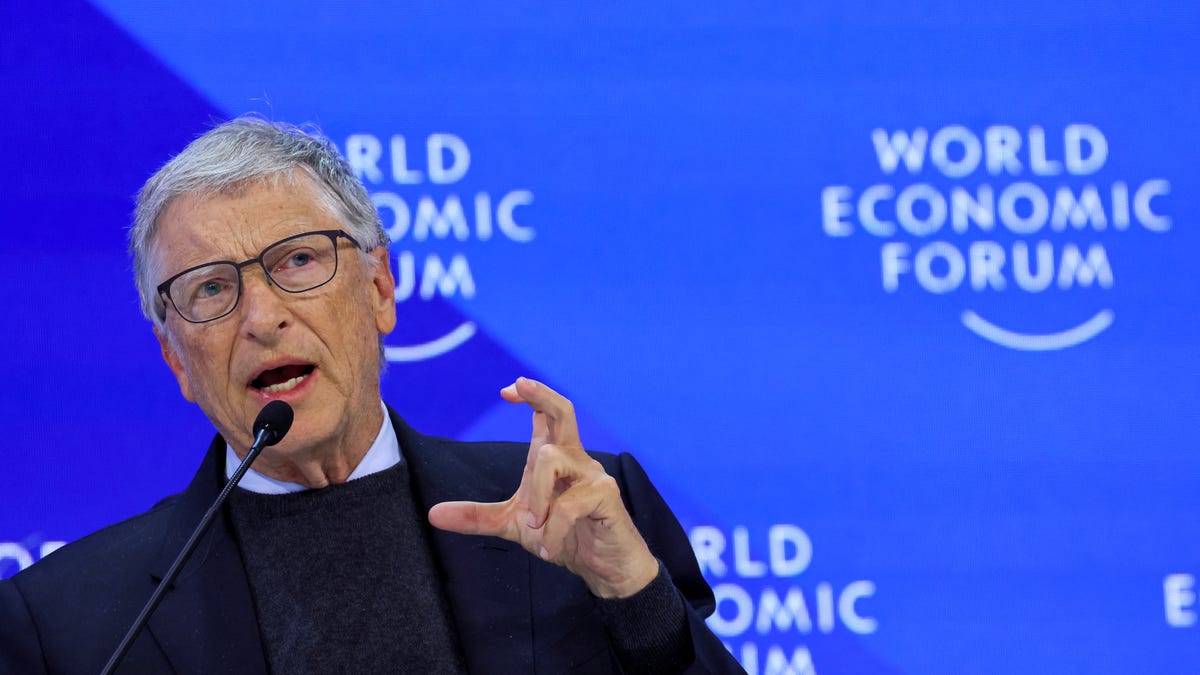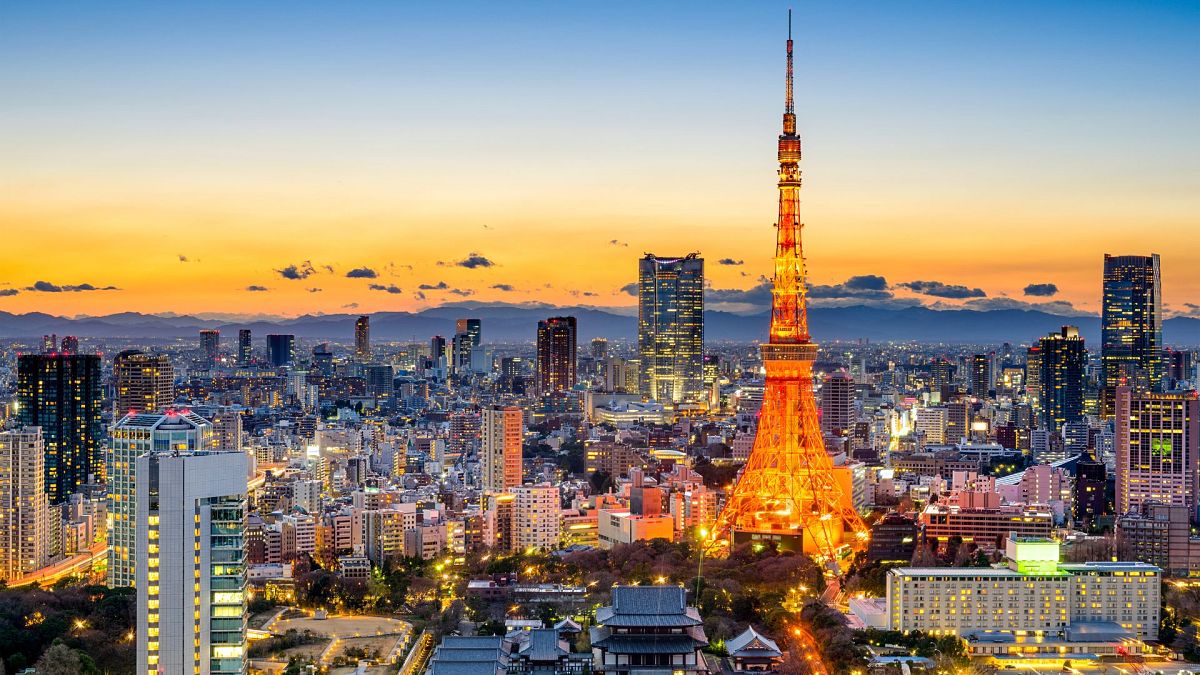- Arvind's Newsletter
- Posts
- Arvind's Newsletter
Arvind's Newsletter
Issue No #1042
1.Namonomics vs Manmohanomics: Modi or Singh, who has done better on economy. A.K. Bhattacharya’s opinion piece in Business Standard is worth reading. Some excerpts:
While listing the many achievements of the Narendra Modi government over the past 10 years, Finance Minister Nirmala Sitharaman last week claimed well-deserved credit for the way income-tax rates have been reduced and rationalised during this period.
There is no denying that the relief to income-tax payers during the Modi regime has been huge. The income level enjoying zero-tax liability more than trebled during this period, when inflation was much less, translating into real gain for taxpayers.
Guess what was the extent of such relief during the 10 years of the Manmohan Singh government?
In 2003-04, the income-tax liability was zero for annual income up to Rs 50,000, rising to Rs 2.2 lakh in 2013-14 — an increase of more than four times. And yet, Palaniappan Chidambaram, presenting the Interim Budget for 2014-15, as the finance minister, made no mention of what turns out to be a bigger relief to taxpayers.
This is perhaps one of the many differences between the way economic policies were managed and communicated by the Modi government and by the Manmohan Singh government.
Effective communication of how economic policies benefit people yields handsome electoral dividends. Not surprisingly, the Modi regime has used this as a critical tool before the elections. In contrast, the importance of this electoral tool was not adequately recognised by the Manmohan Singh government.
In many ways, the 10 years of the Modi government have seen the most effective and efficient use of the basic delivery infrastructure mooted and started by the Manmohan Singh government. Whether it was the MGNREGS or the NFSA or the Aadhaar-based DBT scheme for cash transfer, the Modi government has built on the basic architecture created by the Singh government. Policy makers in the Modi government, instead of discarding them as products of the previous political regime, worked on them, expanded their scope and reach, and used new tools to improve their performance.
It is often said that the economic policies of the Manmohan Singh government laid stress on creating a sense of entitlement among people, and those of the Narendra Modi government believed in the idea of empowering the people. But the basic tools largely used by both the governments were not very different.


Where the Modi government performed better is in the area of tax revenue collections, with its gross collections staying well above 11 per cent of GDP for many years. In contrast, the Singh government’s efforts in this area were not encouraging. The Modi government began well with its disinvestment efforts and even privatised Air India, but such efforts lost steam after Covid. Asset sales by the Singh government lacked any special drive. On the expenditure side, the Modi government excelled, with the share of capital expenditure steadily rising, while the Singh government’s capex share in GDP fell after showing an initial burst.
In managing subsidies, too, the Modi government has done better by bringing them down at a sharper pace. The Manmohan Singh government had allowed subsidies to rise, especially in the latter half of its tenure.
In the final analysis, who has done better? The Manmohan Singh government or the Narendra Modi government? Of course, the average economic growth rate during the Manmohan Singh years was a little higher than during the years of the Modi government, which had to deal with Covid, and the Modi government's inflation management has been better than the Singh government’s.
2.The fastest-growing countries for software development, according to GitHub.
GitHub has released new data tracking developer accounts by country. Year over year, the data shows Bangladesh, Nigeria, and Pakistan had the fastest-growing developer population.
However, it’s a different view from the absolute figures published by GitHub, which show the U.S. in the lead with 20.2 million developers, followed by India (13.3 million), China (6.9 million), and Brazil (5.4 million). These are the high-GDP nations that typically dominate the tech industry, and the figures dwarf smaller countries like Bangladesh and Nigeria, both of which represent fewer than 1 million accounts.
3.Brookfield:The investment firm that keeps raising giant climate fund, reports Wall Street Journal
The biggest clean-energy investor in private markets is widening its lead, tapping into rising demand for wind and solar power and a push by big companies to reduce emissions.
Infrastructure investing giant Brookfield Asset Management said it hopes to raise more than $25 billion for two new private funds investing in clean energy. The firm said Monday it has taken in $10 billion for its latest energy transition fund and will continue fundraising for it. Brookfield expects to raise billions more in an emerging-markets-focused fund.
The latest cash infusion gives Brookfield firepower for climate projects that only the largest investment firms and energy producers such as BlackRock and NextEra Energy can match. It also shows investor confidence in the sector, despite the permitting, construction and cost challenges facing many clean-energy developers.
Across all its funds, Brookfield says it has deployed over $100 billion in renewable-power and energy-transition investments. That figure has surged in the past few years.
Total global investment in the energy transition hit about $1.8 trillion last year, a 17% increase from 2022, according to BloombergNEF. That was still far short of the $4.8 trillion the data provider estimates is needed annually from 2024 to 2030 to meet the world’s climate targets.
4.Chinese companies are reportedly nearing a breakthrough in domestic semiconductor development, despite tough U.S. curbs.
Huawei and SMIC, China’s biggest chipmaker, plan to make 5-nanometer smartphone semiconductors as early as this year, the Financial Times reported.
Though the chips are not themselves cutting-edge and are apparently more expensive and less reliable than rival products, the firms’ progress suggests U.S. efforts to curtail Chinese access to the most advanced semiconductor technologies may be falling short.
The gradually tightening chip restrictions, first imposed by Washington in October 2022 and over time drawing in allies worldwide, are a key source of tension between the U.S. and China.
5.California-based KoBold Metals, a mining startup backed by Bill Gates and Jeff Bezos, just used artificial intelligence to find what it calls “one of the world’s biggest, high-grade large copper mines” in Zambia.
“Using AI” in this case means feeding a computer satellite and drilling data to map out the Earth’s crust for more precise digging.
Copper is used in solar panels, wind turbines, and other equipment needed to transition the world toward energy that doesn’t pump greenhouse gasses into the atmosphere. So if AI has the potential to get critical minerals out of the ground and into products faster, that could be good thing.
6.Japan will introduce a new six-month visa intended for “digital nomads,” remote workers whose job is in a different country.
The system, which could start next month, will make it easier for high-skilled workers to live in Japan who earn at least 10 million yen ($67,000) annually. After COVID-19 lockdowns were lifted, remote work remained popular, prompting many professionals to realise they could do their job from anywhere, including places where performing job duties could be combined with sightseeing and tourism. The phenomenon represents a “cultural shift,” two academics wrote in Harvard Business Review, as workers turn away from “solid” lives based on a stable home — which many younger people cannot afford anyway — and towards a flexible, possessions-light, “liquid” lifestyle.
7.Companies’ hard-line stance on returning to the office is backfiring. Employers are losing patience with remote work, but they’re facing an uphill battle.
SAP "is one of several large companies — joining Google, AT&T, Goldman Sachs and Bank of America — that have swung from flexible to firm stances on in-person attendance, signaling that the days of ubiquitous remote work are over. Companies have abandoned efforts to entice workers back with free lunches, charitable donations and concerts. Employers are now taking more punitive approaches, and some workers would rather quit than comply."





